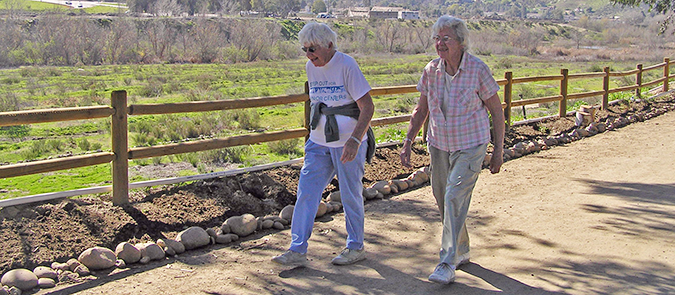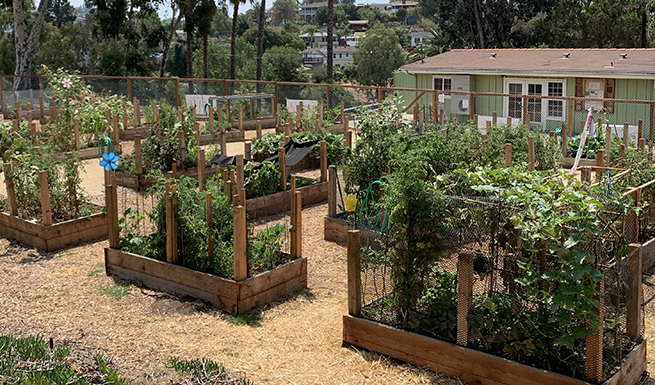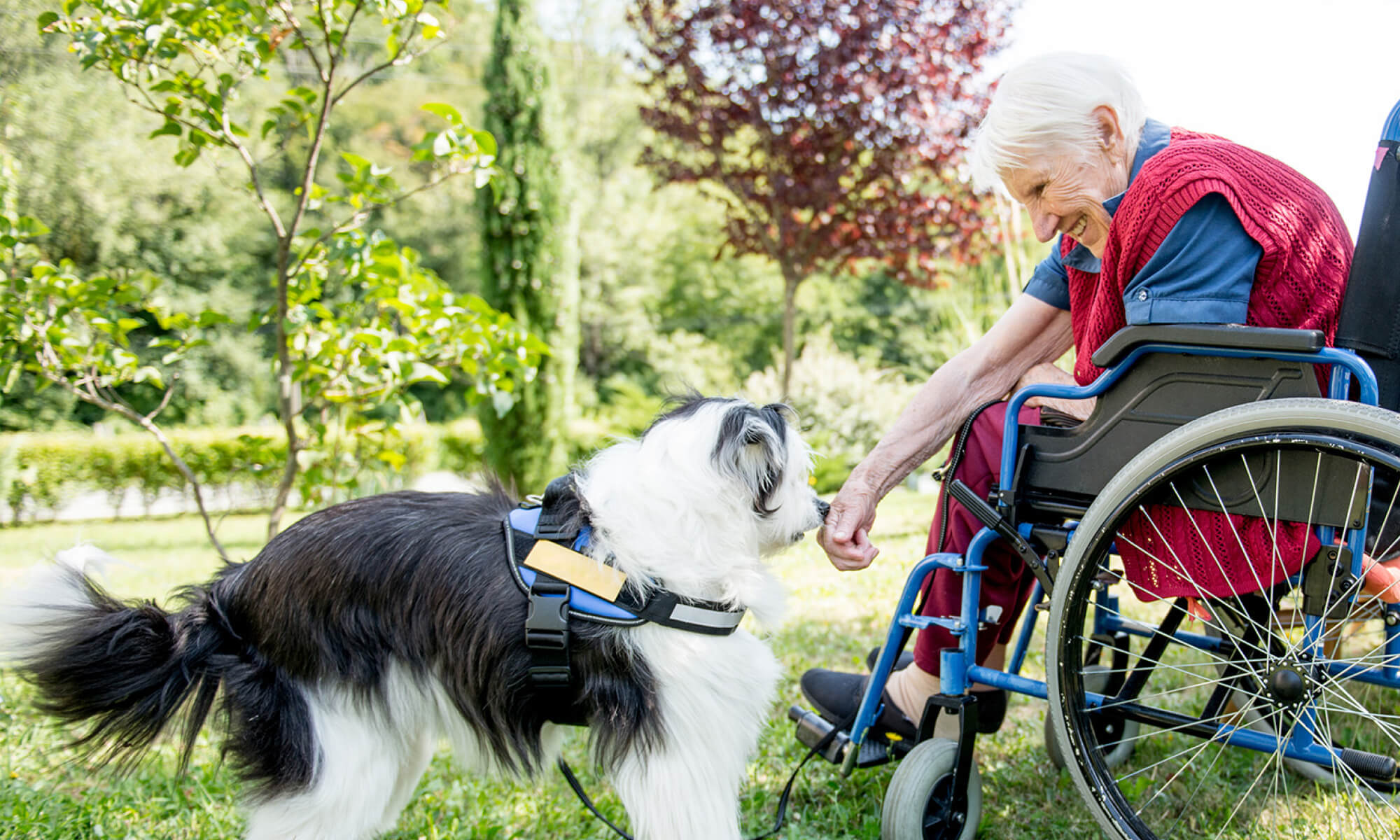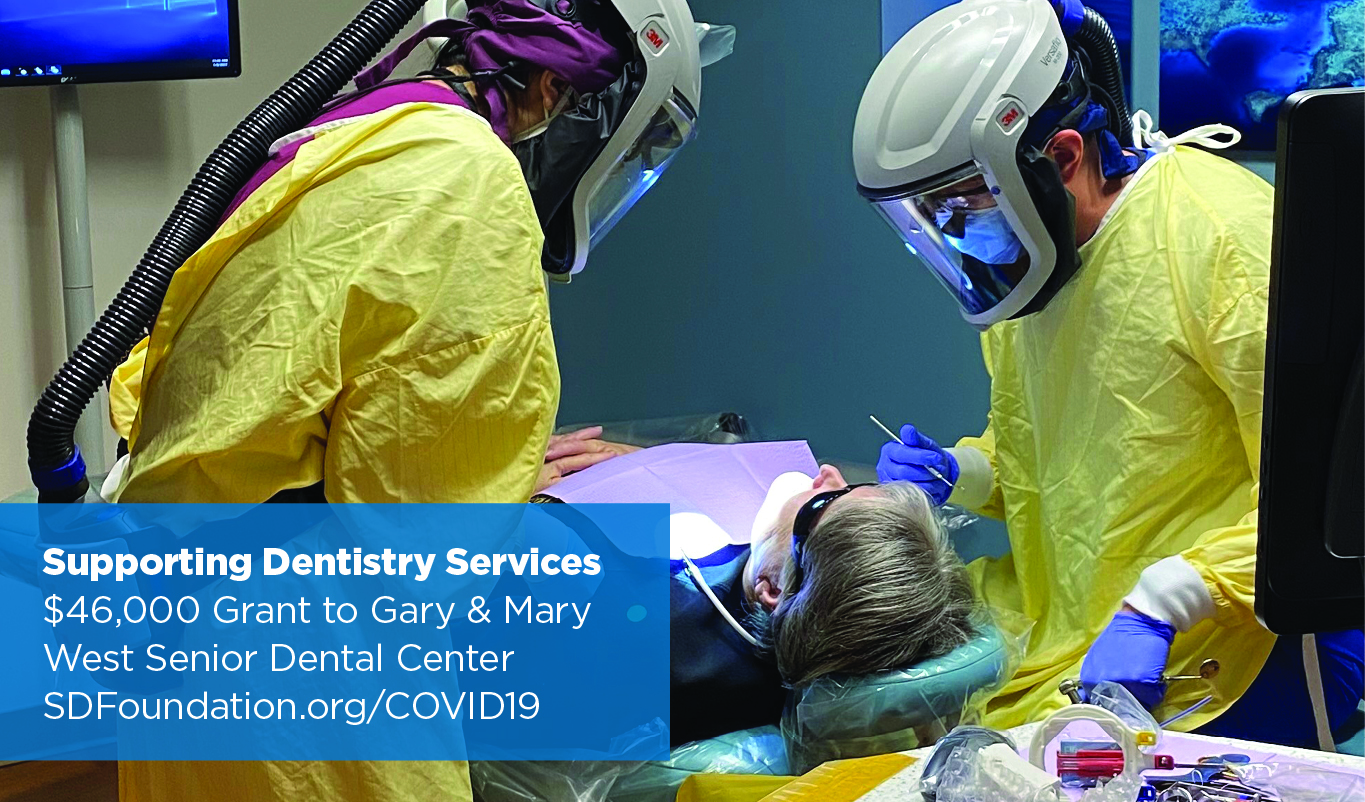Aging in place is a term used to describe a person living in the residence of their choice, for as long as they are able, as they age. This includes being able to have any services (or other support) they might need over time as their needs change.
[Tweet “Aging in place describes a person living in the residence of their choice, as long as they are able.”]
In 2050, the United States will be home to more than 80 million adults over age 65, and San Diego County alone will see a 130 percent increase in this age group between 2000 and 2030.
When contemplating buying a home, we don’t necessarily think about that point in our lives when we break a limb, or have to carry little ones into the house, or be a caregiver to your ailing partner and how our home can potentially cause more pain and difficulty.
These challenges come in the form of a doorway that is not wide enough for wheelchairs or crutches, light switches that are too high or wall plugs that are too low making accessibility a big challenge.
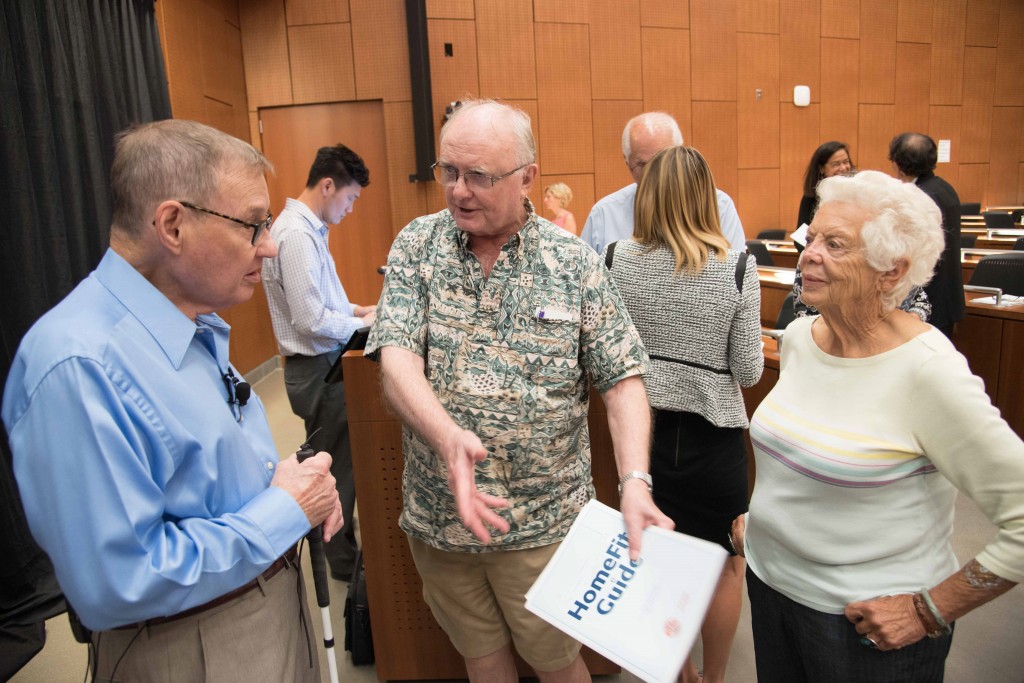
We need to start at home and must rethink how we craft our public spaces, homes, transit systems, and mindsets about aging which can be addressed through the concept of Universal Design and visit-ability.
Learn More
Aging in place was the topic of The San Diego Foundation Center for Civic Engagement’s recent Future40 Series event hosted in partnership with UC San Diego Institute for Research on Aging.
Leading architect, designer and AARP consultant Larry Weinstein spoke to an audience at the UC San Diego MET auditorium about the future of age friendly communities, emphasizing the need for awareness and action at all levels of the community.
Larry left attendees with a compelling principle, “people should not have to adapt to design. Design should adapt to people.”
Stay engaged with our Age Friendly Communities initiative today.
